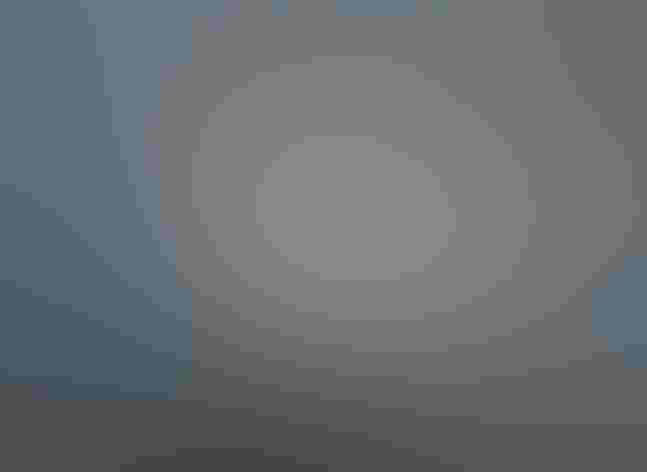Franklin’s Gull
At a Glance
The typical nesting gull of the northern Great Plains, sometimes called 'Prairie Dove.' Rare on either coast but familiar in the interior, with flocks often seen following plows in farm fields. Locations of nesting colonies shift from year to year with changes in marsh conditions. Nesting colonies may be very large, some running to thousands of pairs. Highly migratory, most Franklin's Gulls spend the winter south of the Equator along the west coast of South America.
All bird guide text and rangemaps adapted from by Kenn Kaufman© 1996, used by permission of Houghton Mifflin Harcourt Publishing Company. All rights reserved.
Category
Gull-like Birds, Gulls and Terns
IUCN Status
Least Concern
Habitat
Coasts and Shorelines, Fields, Meadows, and Grasslands, Freshwater Wetlands, Lakes, Ponds, and Rivers, Saltwater Wetlands
Region
California, Eastern Canada, Florida, Great Lakes, Mid Atlantic, New England, Northwest, Plains, Rocky Mountains, Southeast, Southwest, Texas, Western Canada
Behavior
Direct Flight, Hovering, Soaring, Swimming
Population
830.000
Range & Identification
Migration & Range Maps
Migrates in flocks. Most go south through Great Plains and along eastern coastal plain of Mexico, crossing to Pacific at Isthmus of Tehuantepec. A few may linger into early winter on southern Great Plains. Strays have reached Europe, Africa, Australia, Japan.
Description
13-15" (33-38 cm). Adult suggests Laughing Gull but wingtips mostly white, crossed by ragged black bar. Fall immature has cleaner look than young Laughing, with neat dusky scarf on head. Some subadults have black hood, dark wingtips; note smaller bill than Laughing Gull.
Size
About the size of a Crow
Color
Black, Gray, Orange, Red, White
Wing Shape
Pointed, Tapered
Tail Shape
Rounded, Short, Square-tipped
Songs and Calls
A strident ha-ha-ha-ha-ha-ha, similar to Laughing Gull's but higher pitched.
Call Pattern
Falling, Flat
Call Type
Raucous, Scream
Habitat
Prairies, inland marshes; in winter, coasts, ocean. Nests on prairie marshes where habitat is extensive and water is fairly deep; forages during summer and migration over agricultural fields, prairie, flooded pasture, marshes, estuaries. In winter mostly along coast, in protected bays, estuaries; sometimes far offshore or on lakes well inland.
Sign up for ³Ô¹ÏºÚÁÏ's newsletter to learn more about birds like the Franklin's Gull
Behavior
Eggs
3, sometimes 2, rarely 4. Buff to olive or brown, blotched with brown or black. Incubation is by both sexes, 23-26 days.
Young
Both parents feed young and brood them while they are small; one parent remains with young at all times. Young remain in nest at least 20 days, then may swim short distances around nest. Capable of flight at about 35 days, but fed by parents for at least another week.
Feeding Behavior
Forages by walking or wading on ground, by swimming, or by catching insects in flight.
Diet
Mainly insects, fish. Diet in summer is mostly insects (especially aquatic insects and grasshoppers) and earthworms, also seeds, leeches, snails, crayfish. In some regions, young are fed mostly earthworms. During winter may eat many small fish and crustaceans in addition to insects.
Nesting
Breeds in colonies. In courtship, pairs stand upright and alternately turn heads toward and away from each other; male may feed female. Nest site is in marsh, where water may be several feet deep. Nest (built by both sexes) is large floating mass of bulrushes, cattails, other plant material, often anchored to standing vegetation. Much of nest material is stolen from other nests in colony.
Conservation
Conservation Status
Because of nesting in large freshwater marshes, local numbers fluctuate with cycles of rainfall and drought. Overall population trend uncertain; thought to have declined sharply in some areas, but stable in others, and has expanded breeding range to new areas in recent decades.
Climate Threats Facing the Franklin's Gull
Choose a temperature scenario below to see which threats will affect this species as warming increases. The same climate change-driven threats that put birds at risk will affect other wildlife and people, too.








